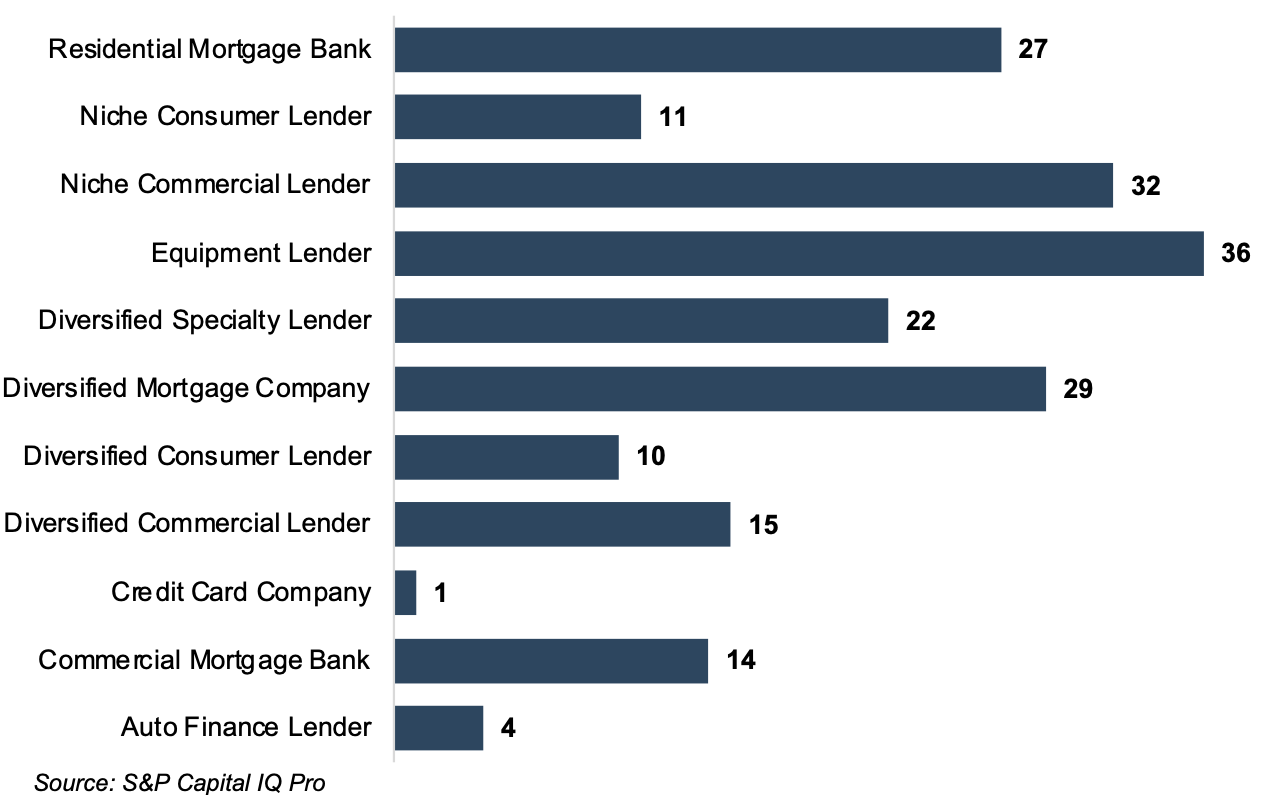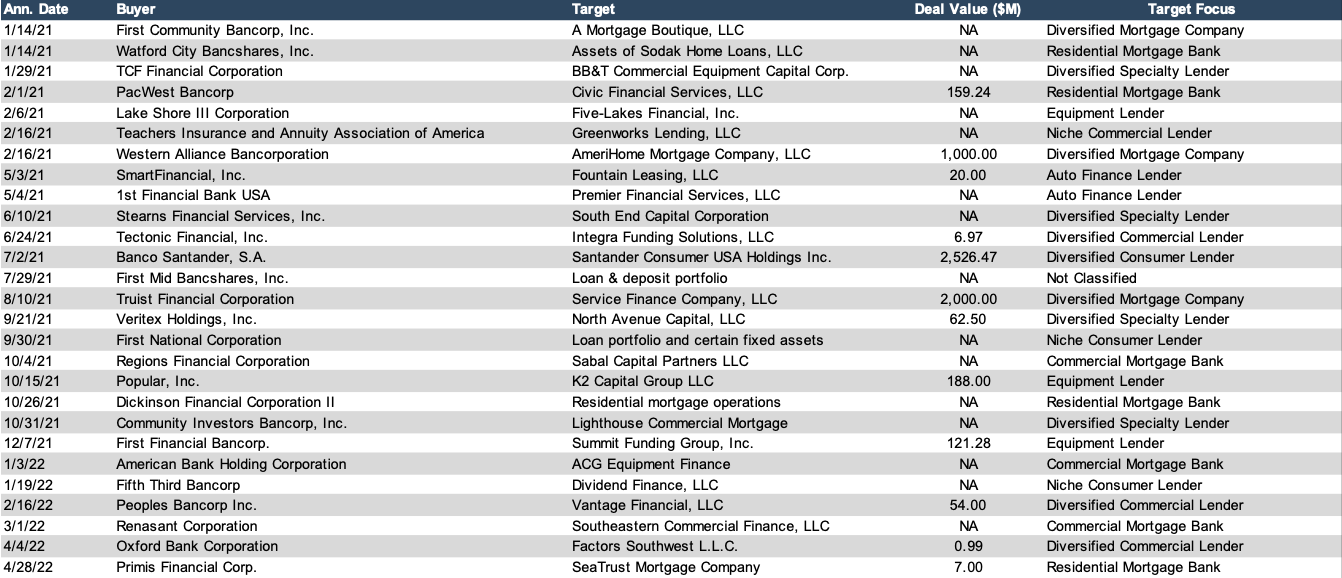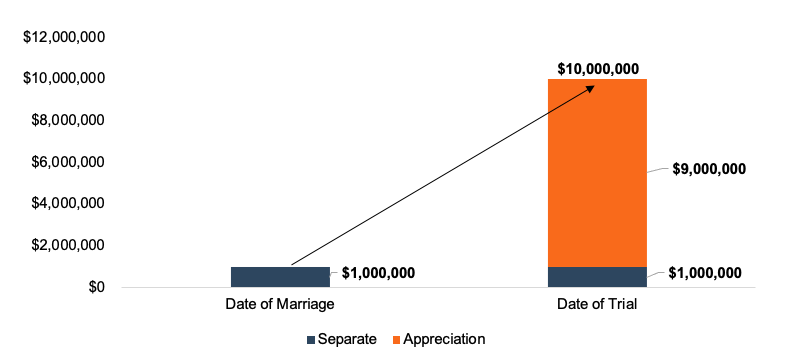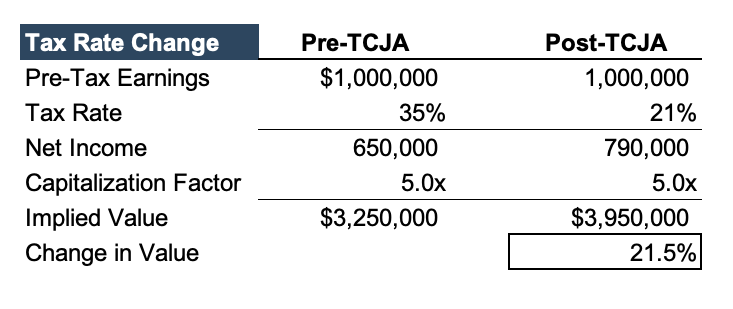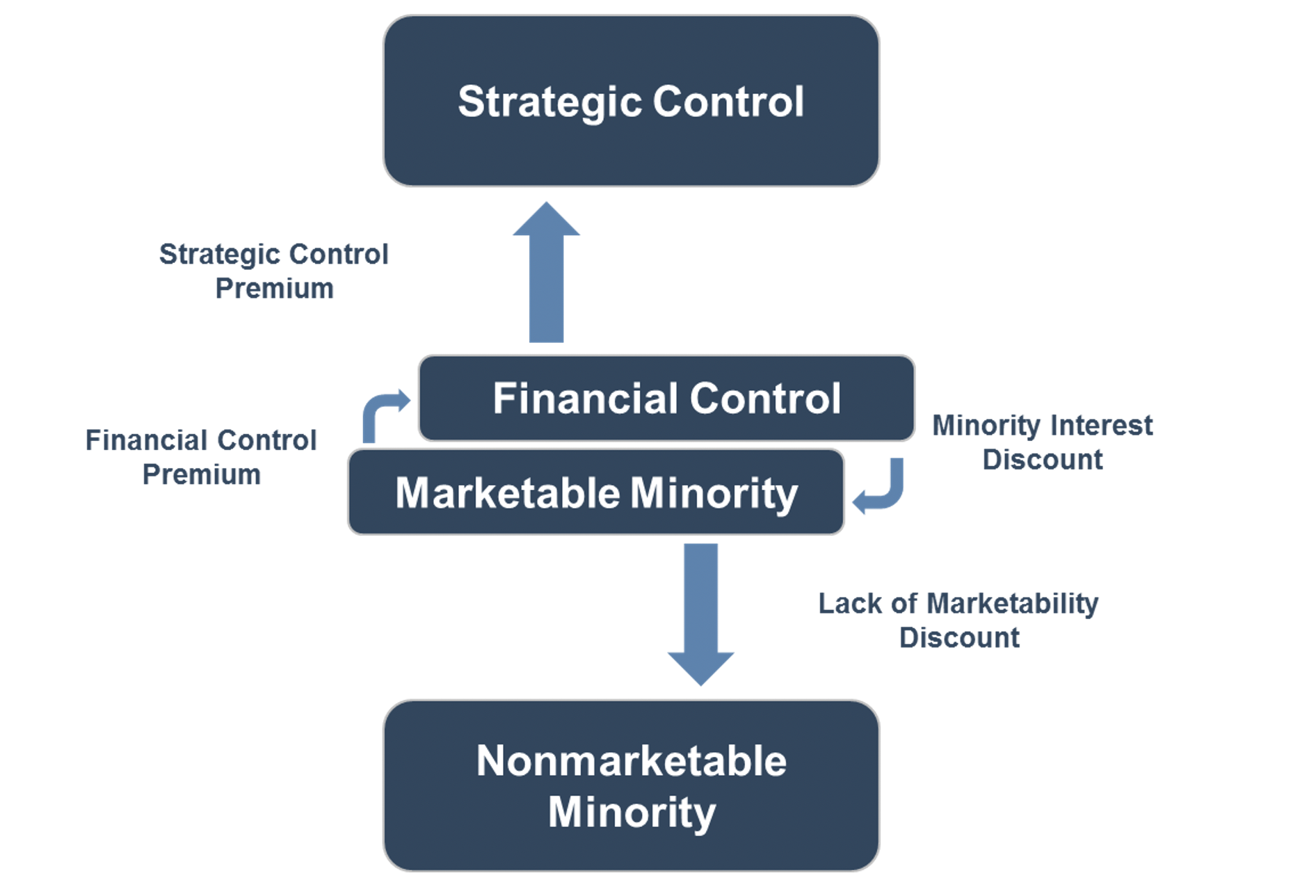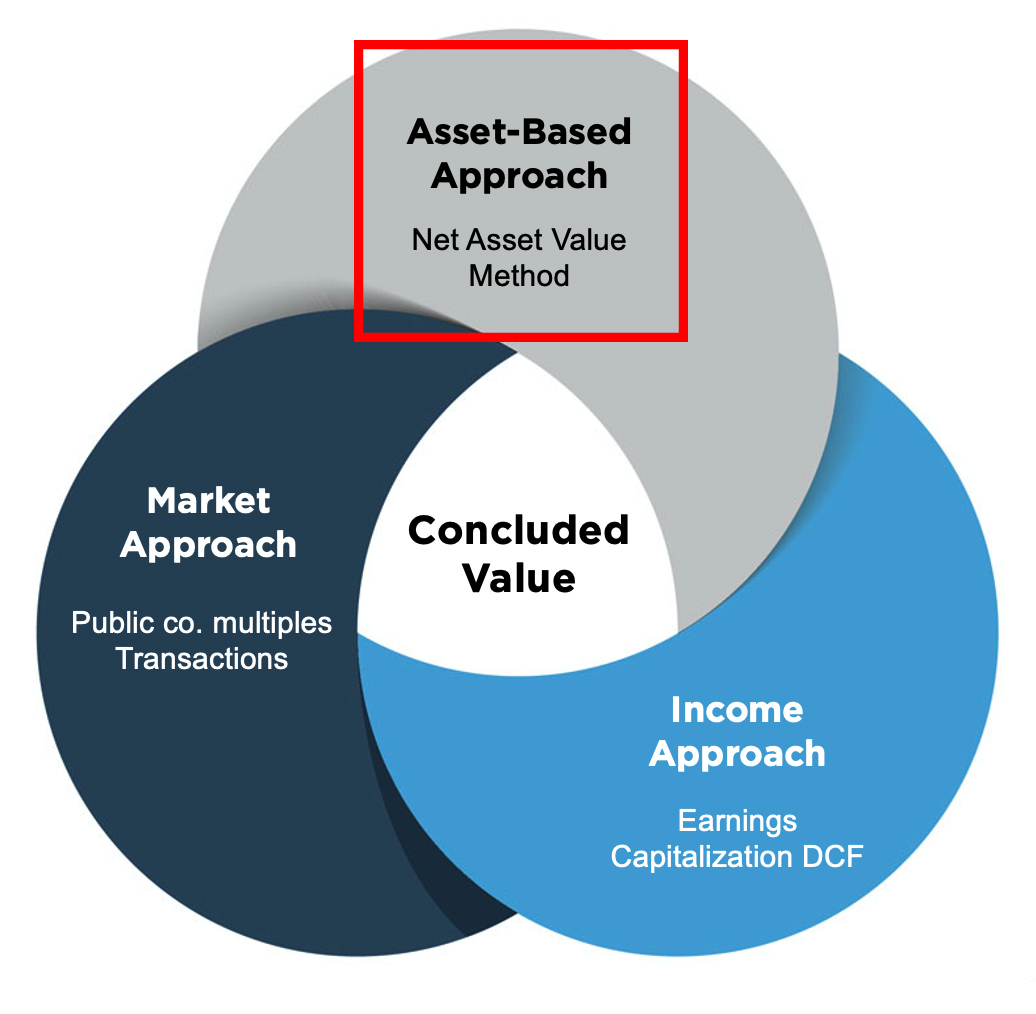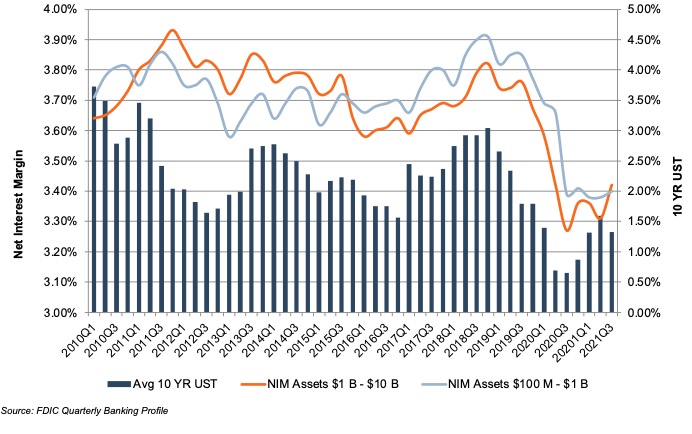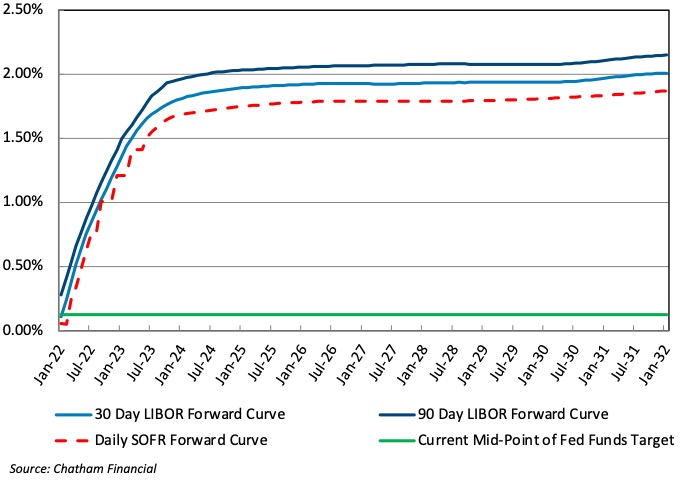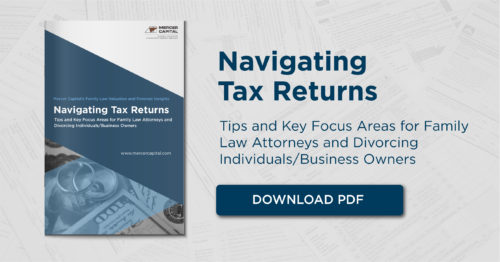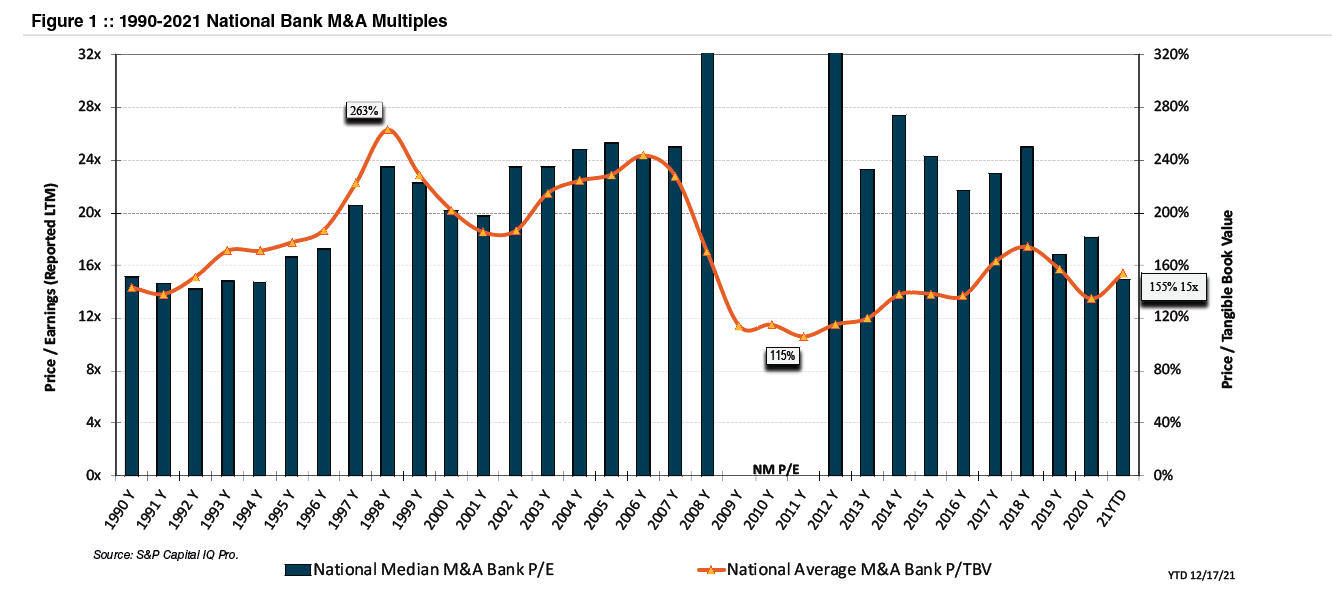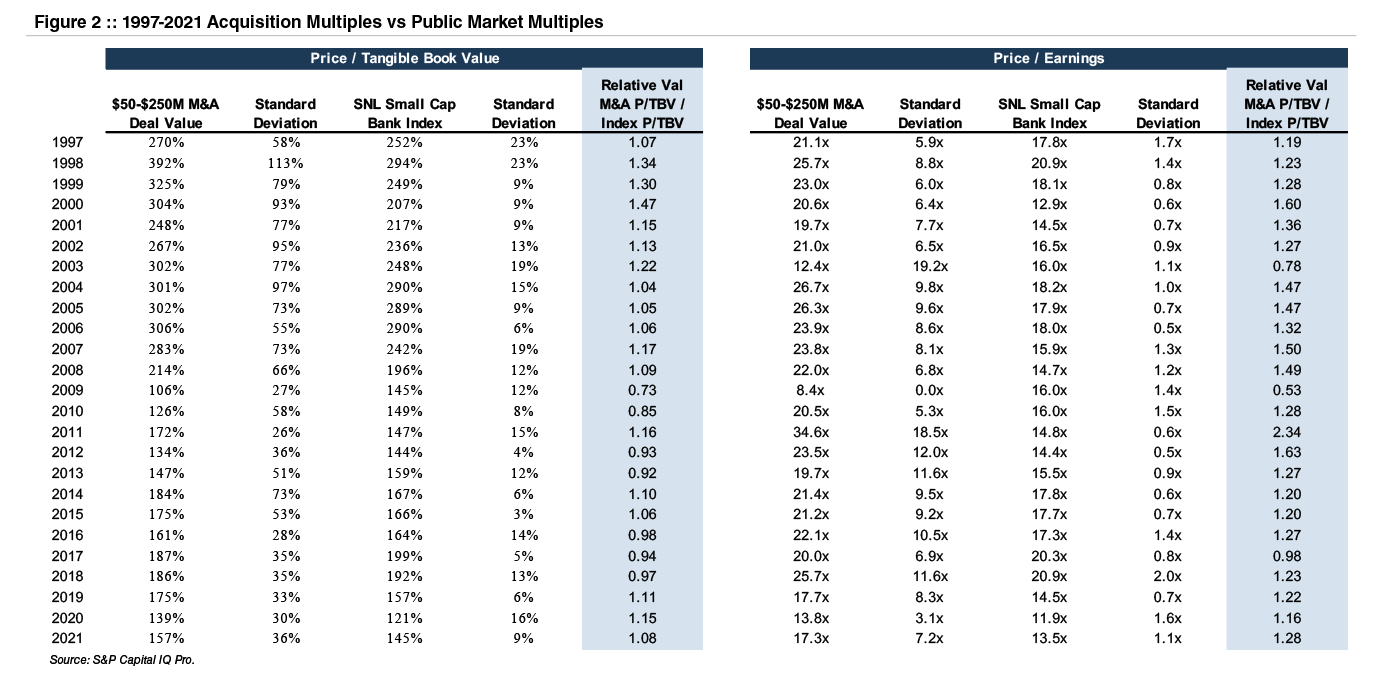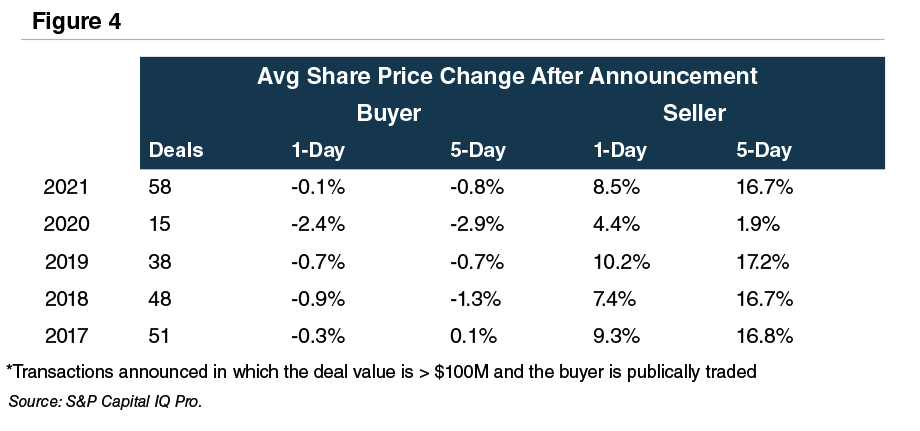This is the fifth article in a series on buy-side considerations. Our focus in this article is on how the quality of earnings (QoE) analysis can help acquirers better analyze possible acquisition targets.
6. Negotiating Working Capital Targets in a Transaction
This is the sixth article in a series on buy-side considerations. Our focus in this article is on understanding how and why net working capital targets are crucial for buyers looking to negotiate deals that look good at closing and pass the test as the buyer takes over the operation of the newly acquired business.
7. Considering Contingent Consideration
This is the seventh article in a series on buy-side considerations. In this article we discuss the many forms of contingent consideration in M&A. These include post closing purchase price adjustments that can alter total transaction value or that can alter the payment and realization of net proceeds through the recovery of transaction set-asides such as escrow balances or the payment of holdbacks and deferrals.
8. Buy-Side Fairness Opinions: Fair Today, Foul Tomorrow?
This is the eighth article in a series on buy-side considerations. Directors are periodically asked to make tough decisions about the strategic direction of a company. Major acquisitions are usually one of the toughest calls boards are required to make. Buyside fairness opinions have a unique place in corporate affairs because the corporate acquirer has to live with the transaction. What seems fair today but is deemed foul tomorrow, may create a liability for directors and executive officers. This can be especially true if the economy and/or industry conditions deteriorate after consummation of a transaction.
9. Buy-Side Solvency Opinions
In the ninth article of this series we discuss solvency opinions.Not only is a solvency opinion a prudent tool for board members and other stakeholders, but the framework of solvency analysis is ready made to score strategic alternatives and facilitate capital deployment.
10.The Importance of Purchase Price Allocations to Acquirers
In the last article of this series we provide a broad overview of PPAs and then a deeper look into the pitfalls and best practices related to them.

